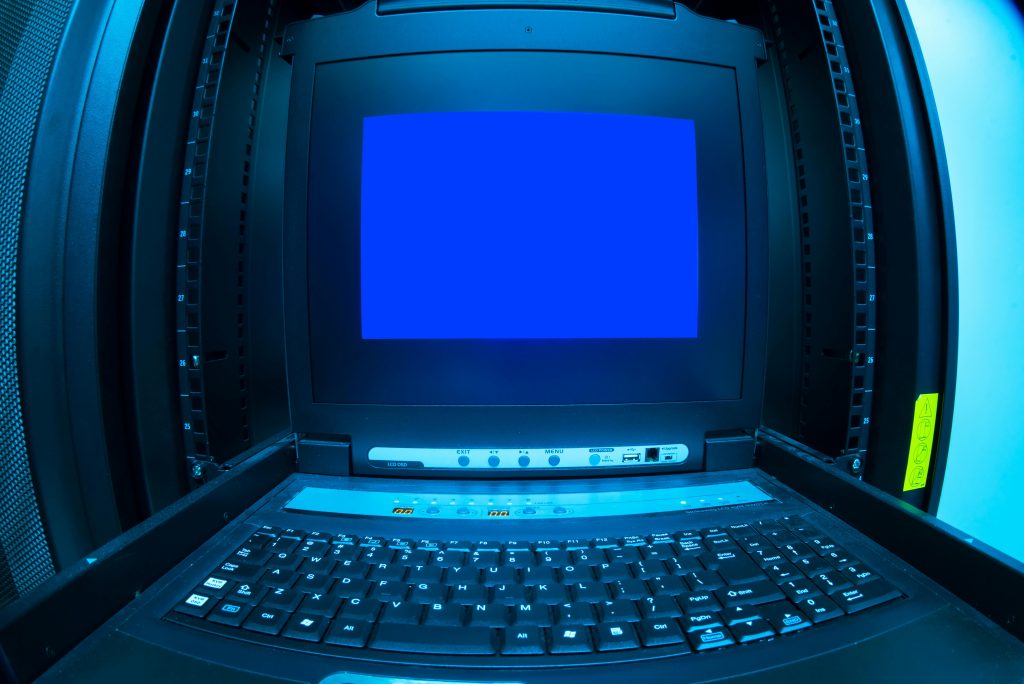Troubleshooting RAM Recognition Issues: My Experience with Windows Task Manager
In the world of computing, ensuring that your system utilizes its resources efficiently is crucial, especially when engaging in resource-intensive tasks like video editing or gaming. Recently, I encountered a perplexing issue with my computer’s memory recognition that I feel compelled to share.
While working on rendering videos and listening to music via YouTube, I noticed an unusual performance hiccup; the audio was consistently buffering. At first, I suspected high GPU usage might be the culprit. However, upon further investigation, I discovered that RAM was under significant strain, revealing a curious situation: Task Manager only acknowledged 8GB of my RAM as active, yet my system indicated a usable 15.5GB of memory from a total of 16GB.
Skeptical of this discrepancy, I examined the Task Manager in detail and noted that 3.4GB was being reported as “39% of memory.” This figure didn’t seem plausible, leading me to question the accuracy of what I was witnessing. I decided to take a closer look at my RAM usage during various tasks.
Interestingly, even when performing other memory-intensive activities—such as video editing—my sequencer managed to efficiently handle 8GB of video without any significant slowdown. This left me puzzled and seeking answers.
To provide a clearer picture of the scenario, I’ve documented my findings through screenshots of Task Manager and the “About my PC” section, which you can view here.
If you’ve encountered similar issues or have insights into RAM recognition discrepancies within Windows, I would love to hear your thoughts. How do you troubleshoot or optimize your system for maximum efficiency? Your suggestions could help not just me, but also others navigating similar technological challenges.
Share this content:



